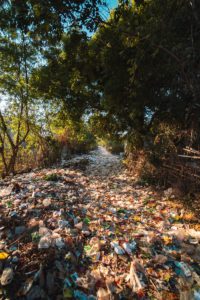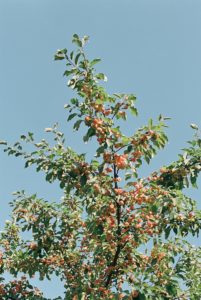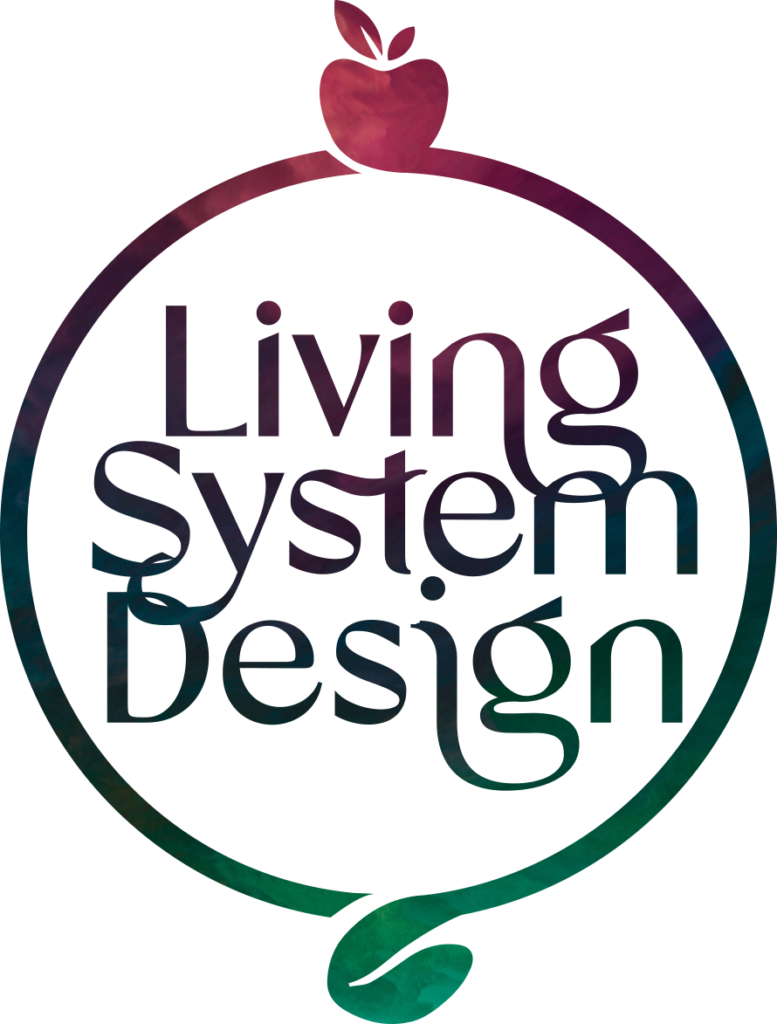
Cycle of Regeneration
Before defining what it means to be Regenerative, lets talk about how the concept is being co-opted. I saw this happen a few years go with the term Consciousness…all you had to do was put that in front of whatever you’re doing and somehow you were different. It showed up as things like Conscious Business, Conscious Marketing, or my personal favorite, Conscious Socks. I never bought a pair and was left wondering if putting them on would made me more enlightened! I doubt it. The reality was nothing had changed by attaching the word consciousness.
This is a simple marketing technique of re-branding, using a concept which is very poorly defined. Do you know what Consciousness means? Or how it might apply to a product or service? What using the word does is hijack your attention into thinking something is different. Often when you look under the covers its made some minor changes but nothing substantial. Hence my phrase, lipstick on the pig.
The place where this hijacking is currently happening is using the word Regenerative. Regenerative Business, Regenerative Currency, Regenerative fill-in the blank. I’m still looking for those Regenerative socks…not going to miss out this time! The only arena I’ve seen that is using this word in a truly meaningful way is in the agricultural industry. The Regenerative Soil movement and organizations like the Bionutrient Food Association are using the concept of Regeneration in a meaningful way.
Related Posts

The connection with the soil and a biological system is an obvious place to start. Over the last 100 years the quality of our foods and the soil in which they are grown has continued to degrade. This is highlighted in a powerful way in the documentary The Need to Grow. What I’m proposing here is a way of better defining Regeneration as a set of qualities and processes which we can then apply to anything that labels itself “Regenerative.”
I want to start by looking at this concept in a specific way. In life we must recognize nothing lives in isolation, everything is part of something larger. In nature we call this an ecosystem. I am choosing to look at Regeneration through the lens of biological systems. You can read more about this in what we call the Living System Model. All biological systems start with something in egg or seed form. It was produced by something and has the potential to become the thing which produced it. Here is the first principle a of Regenerative system.

It has a purpose.
The book The Reflexive Universe explores the concept of purpose. Pick anything you want and ask the question, does it have purpose? Arthur’s response was quite simple. If you say no, then you can’t attribute purpose to anything. If you say yes, then you must attribute purpose to everything, otherwise you’re being subjective. Some things, like a seed, have an obvious purpose. Other things it is harder to define their purpose, it doesn’t mean it’s absent. When we look at all of human endeavors, they serve a purpose, why else would we have created them.

Continuing on with our example, a seed begets a tree which begets a fruit which contains a seed. Another way of looking at this is the output of any process is the input to some other process and cycles close loops. Without closed loops there is an output that is never the input to another cycle or an input which can be exhausted. This leads to the production of a waste product that will continue to accumulate over time and the consumption of limited resources . When we look at a complex system it contains a set of cycles which interlock with other cycles. When we are assessing whether a system is Regenerative we can ask the question, are there any open loops? For example, does a business produce waste products which is not recycled, or does it consume a natural resource that isn’t being replenished. Here we have the second principle of a Regenerative system.
It operates within a closed loop cycle.
As a working example I’m going to use an apple tree, primarily as it’s easy to understand and I once had a meditation where I connected with the Johnny Appleseed. I hope I’m planting seeds in your consciousness!
When we examine the lifecycle of an apple tree, it starts as a seed, grows to maturity, has years of production and at some point will fade and die. From the broadest perspective, this is the regenerative cycle, and it deserves to be unpacked more clearly.
Let’s start with that seed and understanding it exists within an encompassing ecosystem. That ecosystem is the container in which the seed will either emerge or will remain quiescent. The seed needs a set of conditions to be met before it will sprout. This is the third principle of a Regenerative system.
 It is emergent.
It is emergent.
Using this principle we can then ask the question, what conditions are necessary for our seed to sprout? Often these conditions are provided by other parts of the ecosystem. For our seed, we need a certain quality of soil, which could be broken down further into specific nutrients. This is what the Regenerative Soil movement is doing. Our seed will need a certain amount of moisture and sunlight. I’m sure there are other conditions, and I hope you see the importance of this for Regenerative systems. This is where the cycle begins.
The conditions are met and our seed emerges. It now enters what I call the growth phase of the cycle. It is a time when the tree develops, building it’s capacity as it grows roots, develops a trunk, branches and leaves. In this phase of the cycle it is not yet productive. Here we introduce the fourth principle in Regenerative systems.

It is whole.
Any regenerative system must build all the components necessary for it to operate. Nature does not create half a tree, a tree does not produce half an apple! For our apple tree this could take many years, and at some point it may begin to produces apples in a limited capacity. For other planets we call annuals, this happens in a single year. If at any point in this phase any catastrophic failure of the ecosystem can result in the termination tree. This will be addressed later in this writing.
At some point our apple tree is considered mature and is producing at some capacity. This is the next phase of the cycle, it is characterized by the tree producing at maximum capacity, governed by it’s physical limitations (size) and the health of the ecosystem. The nutrients in the soil, amount of rainfall and sunlight are examples external inputs which affect the production of the tree. When our tree has abundant nutrients it produces more, less when nutrients are scarce. The tree adapts to what is available. Here we introduce the fifth principle of a Regenerative system.

It operates at sufficiency.
Our tree can remain in this phase for many years. However, within this phase there is a sub-cycle in which the tree operates. Once the tree has produced it’s apples (Fall) it will lose it’s leaves and enter a dormant stage (Winter). When conditions are again satisfactory, new leaves will sprout (Spring). It will then grow a new crop of apples (Summer) that will mature and produce. This sub-cycle represents our 6th principle of a Regenerative system.
It is inter-connected.
Nothing on our planet exists in isolation. It is part of an connected web of closed loop cycles.
As we know all living systems have a limited lifetime. Eventually our tree will begin to drop it’s level of production and finally die. Or as was mentioned earlier changes in the ecosystem deprive the system of a vital nutrient. It is the final phase of a Regenerative system where the tree can no longer fulfill it’s purpose. This phase is what’s most often missing in things people are labeling Regenerative. Yet this phase is as important as all of the others. All things must decay and return to the ecosystem from which they emerged. In the case of our tree it is returning the nutrients it consumed back to the ecosystem for reuse. This is the 7th and final principle of a Regenerative system.

It must decay.
It is through this process the ecosystem gets replenished. Having described this process it’s now possible to step back and see the characteristics of each phase.
Spring – emergence, growth
Summer – maturation, production
Fall – fading, release
Winter – quiescence, decay
Do you recognize these? They are the cycle of seasons on which we live on this planet. This is the foundation on which all Regenerative systems must operate. In summary, the 7 principles for a system to be called Regenerative are:
- It has a purpose
- It operates within a closed loop cycle
- It is emergent
- It is whole
- It operates at sufficiency
- It is inter-connected
- It must decay
We can use these phases and principles to assess the Regenerative nature of any system. Each phase and principle must be present for it to be called Regenerative. I believe this applies to human systems as well. Now when you see something being called Regenerative take a deeper look. If one is missing then I would not consider the system Regenerative.

